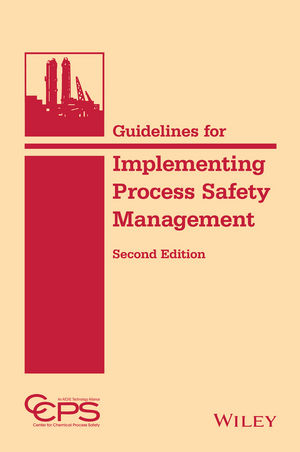
Under the standard, “ISO/DIS 31000 Risk Management – Principles and Guidelines on Implementation,” risk is the effect of uncertainty on meeting the organization’s objectives. The more we understand uncertainty, the better we will be able to manage risk in environmental health and safety (EHS) programs.
Certain means you’re 100-percent sure about what was measured or what will happen in the future; anything less is uncertain. Almost everything is uncertain. Uncertainty gives risk its meaning, which is the probability (expressed in numbers or words) of something happening. Safety is the reciprocal of risk, meaning the probability that something won’t happen.
Uncertainty in measurements
All chemical sampling and analytical methods contain uncertainty. If you sample for toluene with a charcoal tube and the lab reports back that 50 ppm of the chemical was found; the certain value of toluene will be within a range somewhat higher and lower than the reported value. The same is true for all chemicals.Chemical exposure limits such as the PEL, TLV®, and REL also contain considerable uncertainty. It is common to take the effect level from a toxicological study and divide it by uncertainty factors such as 10 for inter-individual variation, another 10 for extrapolation from rats to humans, and then another 10 for an incomplete data set. The resulting exposure limit would then be a 1,000-fold reduction from what was certain to cause harm in a toxicological study.

How do you resolve uncertainty when lives are in the balance?
Psychology and uncertainty
Suppose someone had a vested interest in specific treatment option for the H1N1 pandemic flu. Could they apply cognitive psychology theory to sway a treatment choice their way?The following is an example that comes from Daniel Kahneman, who won the 2002 Nobel Prize in economics based on his theories of decision-making under uncertainty. Suppose an epidemic is likely to kill 600 people in a described population if left untreated. Review the scenarios (found in Wikipedia) below and then choose Treatment A or B for each scenario.
Scenario 1:Treatment A will save 200 people. Treatment B has a one-third chance of saving 600 people and a two-thirds chance of saving nobody.
Scenario 2:Treatment A will result in 400 deaths. Treatment B has a one-third probability that nobody will die and a two-thirds probability that 600 people will die.
How did you choose? Kahneman showed that 72 percent of respondents picked Treatment A for Scenario 1 and 78 percent of respondents chose Treatment B in Scenario 2. In Scenario 1, respondents chose Treatment A because they would rather be certain to save 200 people rather than being uncertain about saving 600 people. In Scenario 2, respondents chose Treatment B to avoid the certainty that 400 people will die.
The above is an example of the pseudocertainty effect. Wikipedia describes the pseudocertainty effect as “people’s tendency to make risk-adverse choices if the expected outcome is positive, but make risk-seeking choices to avoid negative outcomes.”
Perspectives and uncertainty
Wikipedia shows that decisions on uncertainty are approached from subjective and objective perspectives. A subjective perspective would lead to an intuition- guided decision (e.g. mostly based upon what experts say or what you’re led to believe.) An objective perspective would lead to a knowledge-guided decision (e.g. mostly through use of measurements and study.) Most EHS decisions should be guided by knowledge-based decisions, but I am uncertain that this is truly the case.Knowledge-guided decisions
OSHA’s Process Safety Management (PSM) standard is an excellent example of how uncertainty is addressed through gathering facts and making further analysis.The PSM standard requires employers, in consultation with employees, to conduct a process hazard analysis (PHA) using methodologies that include: what-if; checklist; what-if/ checklist; hazard and operability study; failure mode and effects analysis; and fault tree analysis. These methodologies become progressively more adept at finding and addressing uncertainty in a process that may lead to a catastrophic release of a chemical. PHA methodologies that reduce uncertainty may, however, be applied to any EHS process.
Individual knowledge and experience may also reduce uncertainty. For example, because of the uncertainty inherent in exposure limits, the ACGIH® recommends that TLVs® be interpreted and applied only be a person trained in industrial hygiene. Likewise, OSHA at 29 CFR 1910.1000(e) requires that controls for PELs must be approved in each particular case by a competent industrial hygienist.


